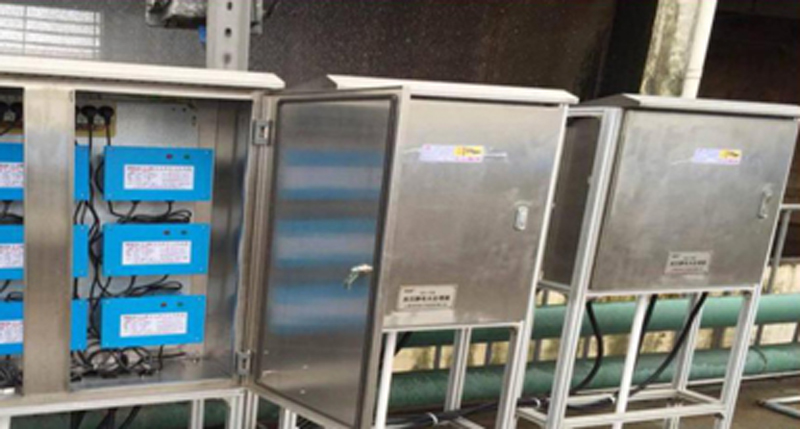The manufacturer of high-voltage electrostatic circulating water will explain the coagulation treatment of wastewater.
Wastewater coagulation treatment is a method of purifying wastewater by adding coagulant to the wastewater to make the colloidal particles coagulate and flocculate. Coagulation is a combination of coagulation and flocculation. The former is caused by the decrease or elimination of the electromotive force of colloidal particles due to the addition of electrolyte, resulting in the loss of stability of colloidal particles and the coalescence of destabilized colloidal particles; the latter is caused by the mutual coalescence of colloidal particles due to the adsorption and bridging of macromolecular substances.
Application of coagulant in wastewater treatment: the larger coarse suspended solids in the particles can be removed by natural precipitation, but the smaller suspended solids, even some harmful chemical ions, especially colloidal particles, settle very slowly, and even can maintain the dispersed suspension state in the water for a long time without natural sinking, so it is difficult to separate and remove them from the water by natural precipitation. The principle of coagulant is to destroy the stability of these fine particles, make them contact each other and agglomerate together, form flocs, and sink and separate.
Nine processes including mixing, reaction, coagulation and flocculation are integrated in the treatment of wastewater by coagulant. Since coagulants are put into water, most of them can provide a lot of positive ions. Positive ions can neutralize the negative charge on the surface of colloidal particles, reduce the repulsion force between the particles, so that they are easy to get close to and agglomerate into flocculent particles, thus realizing the process of destabilizing and agglomerating small colloidal particles in water. The fine particles can be separated from water by adsorption, coiling and bridging to form larger flocs.
Coagulants can be classified into two categories;
A. Inorganic salts include aluminum salts (aluminum sulfate, aluminum potassium sulfate, potassium aluminate, etc.), iron salts (ferric chloride, ferrous sulfate, ferric sulfate, etc.) and magnesium carbonate;
B. Polymer materials, such as polyaluminum chloride, polyacrylamide, etc. In the process of treatment, coagulant is added to the wastewater to eliminate or reduce the mutual repulsion force between colloidal particles in water, so that the colloidal particles in water are easy to collide and agglomerate to form larger particles or flocs, and then separate from the water. The factors affecting the coagulation effect are: water temperature, pH value, turbidity, hardness and dosage of coagulant.
